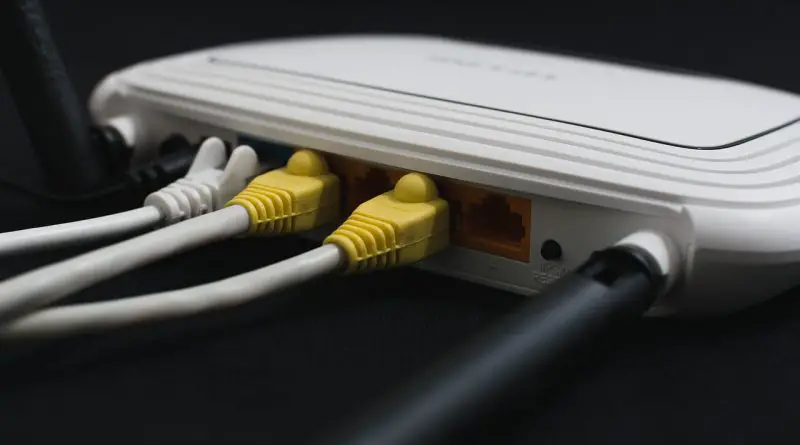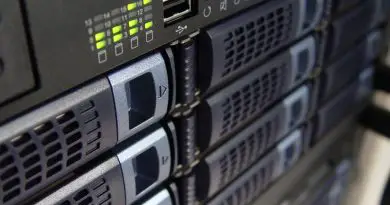Introduction To Physical Layer Of The OSI Reference Model
Till now we have been busy discussing the top layers of the OSI model . So , now its time for us to explore the lowest layer (layer 1) of the OSI reference model i.e the Physical layer.
This layer mainly deals with the various types of transmission media such as guided, wireless, and satellite. The physical layer defines the mechanical. electrical and timing interfaces to the network.
One of the major functions of the physical layer is to transmit data in the form of electromagnetic signals across a transmission medium. Data can only be transmitted if it has been transformed into electromagnetic waves .
Generally, the data used by a person or application is not in a form that can be transmitted over a network. Data can be analog or digital.
When we speak, an analog wave will be created in the air. This will be captured by any microphone and converted to an analog signal and then converted to a digital signal.
Let us first understand the top duties (responsibilities) of this layer :
1. Transformation from bit to signal : The data link layer consists of 0’s and 1’s in the bit form (digital signal). This bitstream can not travel as it is on the transmission medium. Hence the physical layer converts the bitstream into a signal which is suitable for the transmission medium.
2. Bit rate control : The highest value of bit rate depends on the transmission medium being used and the physical layer acts as a bit rate controller. The design of this physical layer hardware and software will determine the data rate.
3. Bit synchronization : The timing related to the data bit transfer is very important in computer communication. The physical layer governs the synchronization of the bits by providing a clock which controls the transmitter as well as receiver.
4. Multiplexing : The physical layer can use different techniques of multiplexing, in order to improve channel efficiency.
5. Switching : There are three switching methods, namely circuit switching, message switching, and packet switching. Out of these circuits, switching is the function of the physical layer.
Transmission Media In Physical Layer
Media are what the message is transmitted over. In other words, any communication channel is also called as a medium . Different media have different properties and used in different environments for different purposes.
Classification of Transmission Media in Physical Layer
Media are roughly grouped into two classes :
1. Guided media
2. Unguided media
Guided Media in Physical Layer
Guided media is a communication channel that allows the data to get guided along with it. For this, the channel needs to have a point to point physical connection. In this type of channel, the signal energy is contained and guided within a solid media.
Unguided Media (wireless media) in Physical Layer
The wireless media, is also called as an unguided media. The examples of guided media are copper wires and fiber-optics. Whereas radio and lasers through the air are examples of unguided media .
In the wireless media, the signal energy propagates in the form of unguided electromagnetic waves. The wireless media is used for radio broadcasting in all directions.
Types of Wired Media
The most commonly used networking media in this category are :
1. Coaxial cable
2. Twisted pair cable
3. Optical fiber cable
The selection of networking media depends on various factors such as cost, connectivity, bandwidth, performance in presence of noise , geographical coverage etc. We will look into each of these in the subsequent posts.

Aric is a tech enthusiast , who love to write about the tech related products and ‘How To’ blogs . IT Engineer by profession , right now working in the Automation field in a Software product company . The other hobbies includes singing , trekking and writing blogs .




